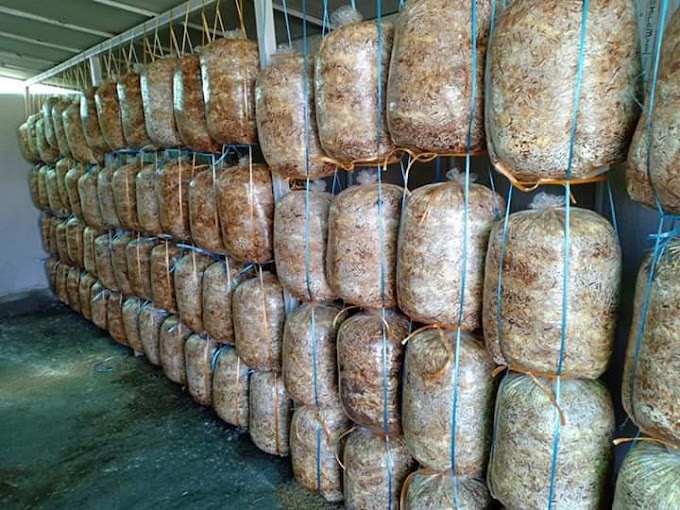Mushroom Poisoning: What You Need to Know
Mushroom poisoning, also known as mycetism, occurs when individuals ingest mushrooms that contain toxins harmful to humans. Here's what you need to know about mushroom poisoning:
1. Types of Poisonous Mushrooms: There are thousands of mushroom species, and while most are harmless, some contain toxins that can cause illness or death if ingested. Poisonous mushrooms can be categorized into several groups based on their toxins, including:
- Amanitin-containing mushrooms: These mushrooms contain toxins called amatoxins, which can cause liver and kidney failure. Examples include death cap (Amanita phalloides), destroying angel (Amanita virosa), and death angel (Amanita bisporigera).
- Muscarinic-containing mushrooms: These mushrooms contain toxins such as muscarine, which affect the parasympathetic nervous system, leading to symptoms like sweating, salivation, nausea, vomiting, diarrhea, and blurred vision. Examples include the fly agaric (Amanita muscaria) and certain species of Inocybe and Clitocybe.
- Ibotenic acid-containing mushrooms: These mushrooms contain toxins such as ibotenic acid and muscimol, which can cause hallucinogenic effects followed by symptoms like nausea, vomiting, dizziness, and confusion. Examples include fly agaric (Amanita muscaria) and certain species of Gymnopilus and Amanita.
- Psilocybin-containing mushrooms: While not typically considered poisonous, psilocybin-containing mushrooms can cause adverse effects such as nausea, anxiety, and hallucinations if ingested in large quantities or by individuals with underlying mental health conditions.
2. Symptoms of Mushroom Poisoning: The symptoms of mushroom poisoning can vary depending on the type of toxin ingested and the amount consumed. Common symptoms include:
- Gastrointestinal symptoms: Nausea, vomiting, diarrhea, abdominal pain.
- Neurological symptoms: Headache, dizziness, confusion, hallucinations, seizures.
- Hepatic symptoms: Jaundice (yellowing of the skin and eyes), dark urine, pale stools.
- Renal symptoms: Decreased urine output, swelling of the legs and abdomen, fluid retention.
- Other symptoms: Sweating, salivation, blurred vision, difficulty breathing, irregular heartbeat.
3. Treatment: If someone has ingested a poisonous mushroom or is experiencing symptoms of mushroom poisoning, seek medical attention immediately. Treatment may include:
- Gastric decontamination: Inducing vomiting or administering activated charcoal to reduce absorption of toxins.
- Supportive care: Providing fluids, electrolytes, and supportive measures to manage symptoms and prevent complications.
- Specific antidotes: In cases of amatoxin poisoning, intravenous administration of silibinin or silymarin may be used to counteract liver toxicity.
- Liver or kidney transplant: In severe cases of amatoxin poisoning, liver or kidney transplantation may be necessary to prevent organ failure and death.
4. Prevention: To prevent mushroom poisoning, it's essential to:
- Avoid eating wild mushrooms unless you are absolutely certain of their identification by a knowledgeable expert.
- Educate yourself about the poisonous mushrooms in your area and their distinguishing features.
- Teach children not to pick or eat wild mushrooms and to seek adult supervision if they encounter mushrooms outdoors.
- Cook cultivated mushrooms thoroughly before consumption to destroy any potential toxins.
In summary, mushroom poisoning can have serious consequences and requires prompt medical attention. It's crucial to be cautious when foraging for wild mushrooms and to seek help if poisoning is suspected.





